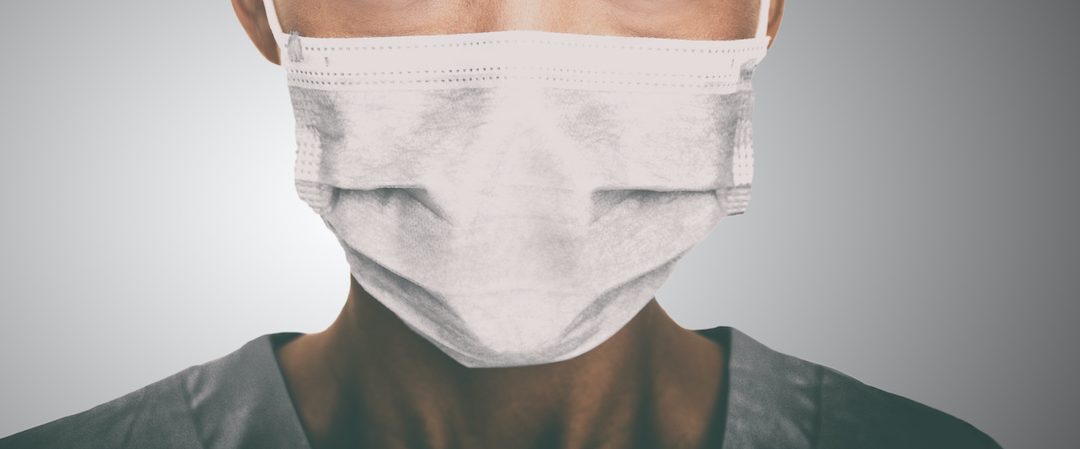Interpreting facial cues is a central component of effective communication. In his 1865 book, Expression of Emotions in Man and Animals, Charles Darwin argued that our brains are able to extract a tremendous amount of subtle detail from just a glance. Our fascination with the face begins at birth, and as adults we remember faces better than any other object (Darwin & Prodger, 1998).
In the healthcare field, clinicians use facial expressions as a part of good therapeutic communication to show empathy, create understanding, and alleviate anxiety (Kujala, Somppi, Jokela, Vainio, & Parkkonen, 2017). But in a time where face masks are the requirement for clinicians and patients alike, our reliance on facial cues to communicate well can be a hindrance. It is difficult to be certain you are communicating effectively and picking up on facial expressions that indicate a patient’s well-being while wearing a face mask. Yet, clinical staff are discovering ways to maintain connection with patients and create understanding to continue to provide compassionate care.
Challenges to facial communication while wearing a face mask
Building trust.
Patients share honest, confidential information about their health, well-being, and environment because they believe healthcare professionals are trustworthy. In fact, recent surveys consistently show that nurses are the most trusted profession. That trust is based on how authentic and present we are to the patient, and we communicate that presence and attention through our facial expressions (Nuttall & Pezaro, 2020).
A 2013 study found that when doctors wear a face mask during consultations, this has a significant negative impact on the patient’s perception of the doctor’s empathy and diminishes the positive effects of relational continuity. Establishing trust between medical staff and patients is more challenging if they can’t see our faces.

